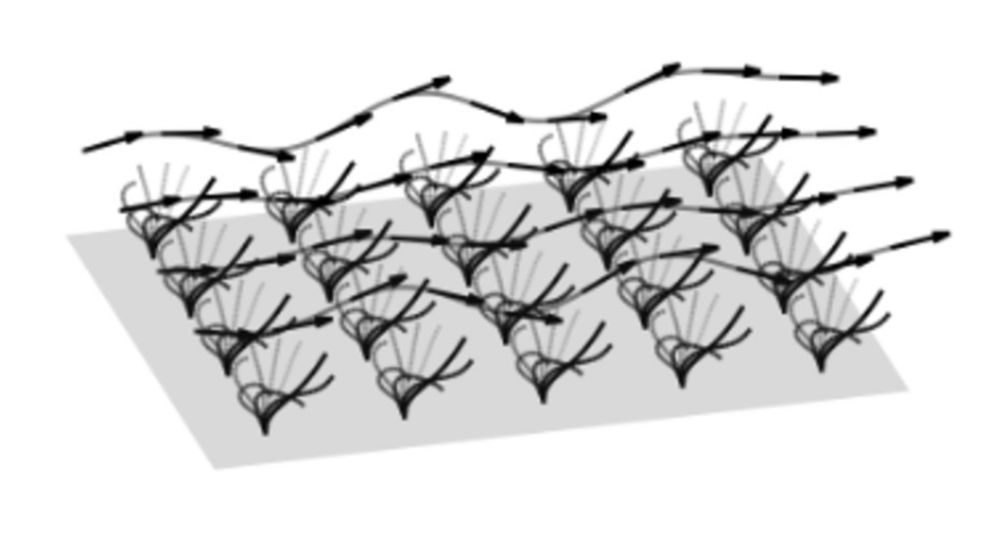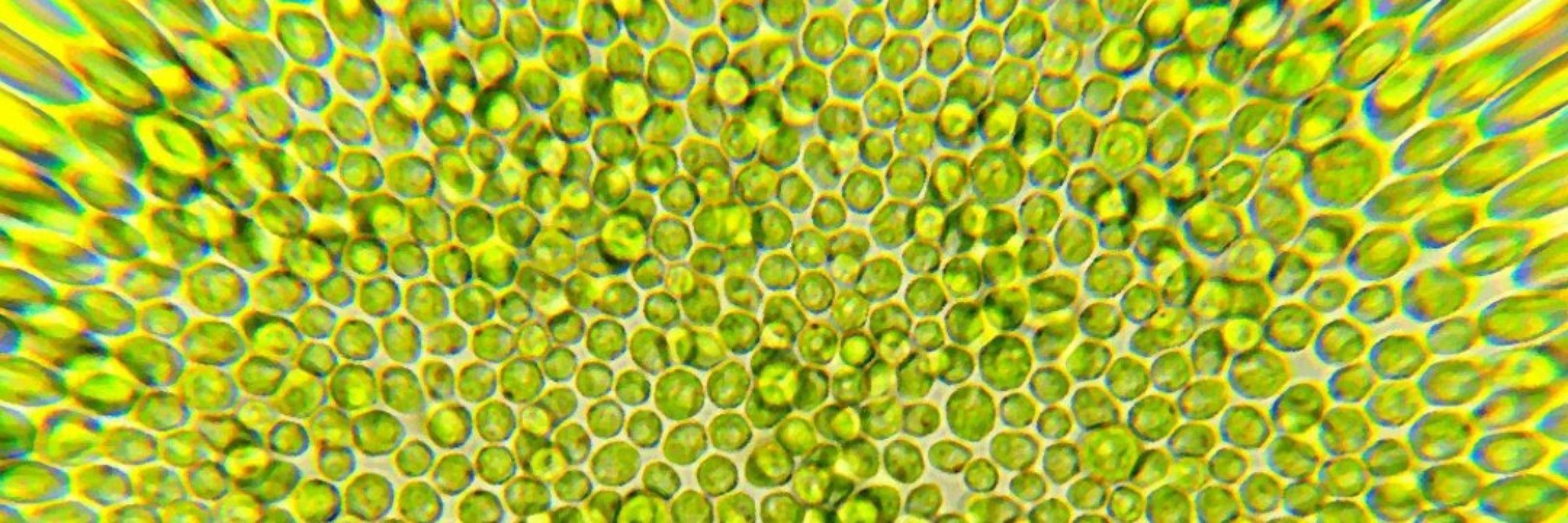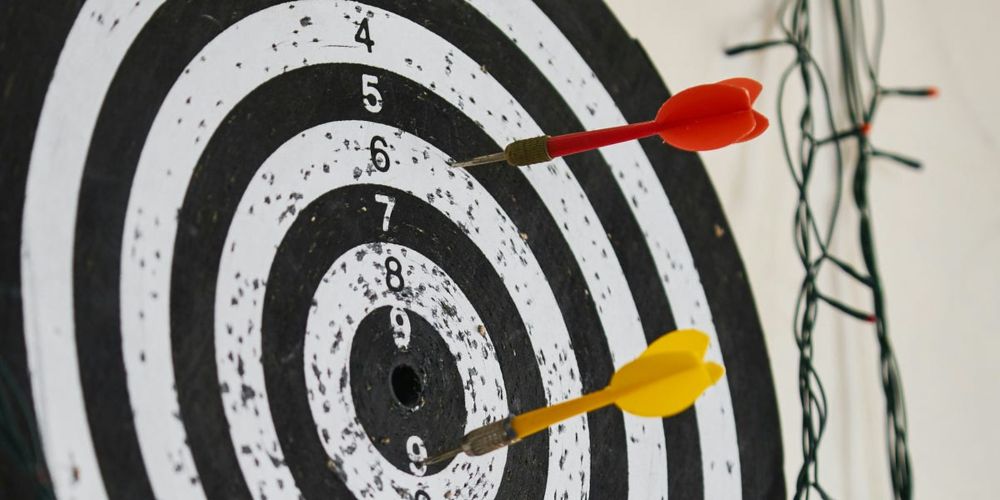Kirsty Wan
@micromotility.bsky.social
2.6K followers
570 following
240 posts
Cilia and cell motility enthusiast, basal cognition, weird organisms esp protists and larvae, how do living systems compute?
Professor of Cellular & Biophysical Dynamics, Living Systems Institute, Exeter (past: DAMTP, Cambridge)
www.micromotility.com
Posts
Media
Videos
Starter Packs
Pinned
Kirsty Wan
@micromotility.bsky.social
· Jul 14

Multi-million project to ‘crack the code’ of cilia – tiny structures with big impact on human health
An international team of researchers, led by the University of Exeter, have been awarded a Wellcome Discovery Award grant of almost £5 million to investigate one of the body’s most fascinating microsc...
news.exeter.ac.uk
Reposted by Kirsty Wan
Reposted by Kirsty Wan
Reposted by Kirsty Wan
Reposted by Kirsty Wan
Reposted by Kirsty Wan
Reposted by Kirsty Wan
Reposted by Kirsty Wan
Reposted by Kirsty Wan
Reposted by Kirsty Wan





















